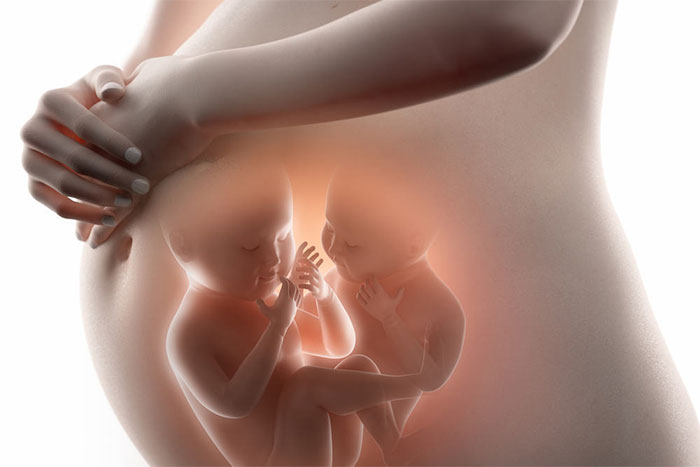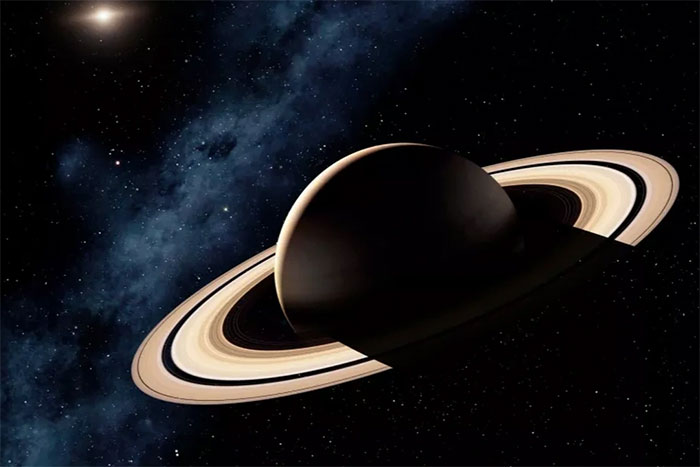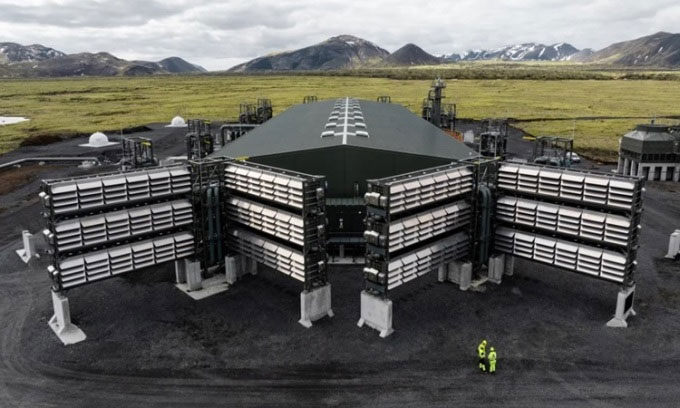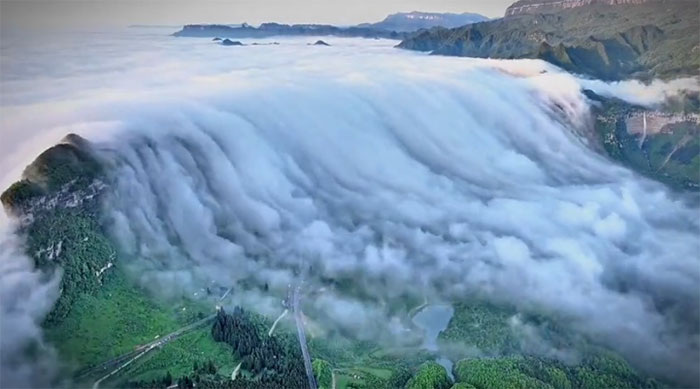An integrated plant that eliminates 50,000 tons of CO 2 per year and also produces fresh water from salt water will be built in Daesan industrial park.
In the context of many countries aiming for carbon neutrality, experts are trying to develop methods to help capture and utilize them. Carbon capture facilities help reduce the amount of carbon that will be released into the atmosphere. In contrast, direct air capture (DAC) technology focuses on removing CO 2 already in the atmosphere. During operation, DAC can produce fresh water as a by-product.

Simulate the process of capturing CO 2 from the air and utilizing it to produce products. (Photo: onurdongel/iStock).
Typically, the above technologies are deployed individually with the sole goal of carbon reduction. However, Capture6 , a DAC company, uses this technology to achieve more than just CO 2 capture, Interesting Engineering reported on January 17.
Daesan Industrial Park contributes 40% of Korea’s petrochemical output. However, drought in recent years has led to severe water scarcity in the region and forced dependence on external water sources.
Korean water company K-water is building a desalination plant to meet water demand. However, as a petrochemical center, Daesan Industrial Park emits up to 17 million tons of CO 2 e (CO 2 equivalent emissions) annually. Capture6’s DAC technology offers the opportunity to solve both problems simultaneously.
The new integrated plant at Daesan Industrial Park will combine Capture6’s Octopus Project with K-water’s desalination facility. Saltwater from the facility will be used to create carbon removal solvents for the DAC direct gas capture process. The plant is expected to help eliminate 50,000 tons of CO 2 per year, while also producing fresh water from salt water. This will be the first facility of its kind in the world.
Capture6 also hopes to address environmental concerns about the desalination plant. Normally, the desalination process creates concentrated brine, which is harmful to the ecosystem when discharged into the sea. Capture6 plans to use concentrated brine to create chemicals such as hydrochloric acid and calcium carbonate, which are essential for many industrial activities in Korea.
Before that, they were often produced using fossil fuels and imported into Korea. By producing them locally from the waste of another process, Capture6 helps reduce the environmental impact of industrial activities in the region.
- Why do animals that eat a lot of sugar not get diabetes?
- Misconceptions about dinosaurs
- Why is the Colosseum still standing “towered” even though it is partially missing and damaged?






